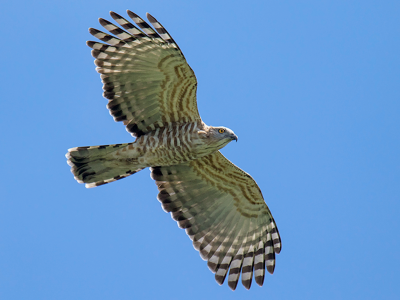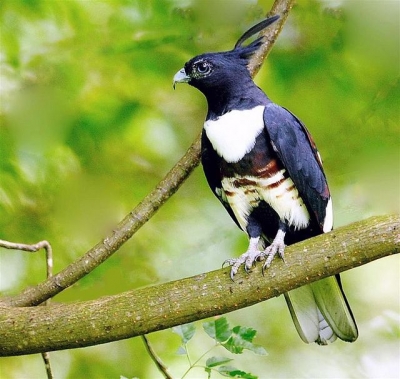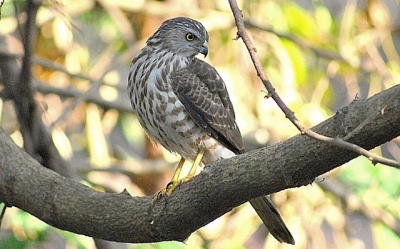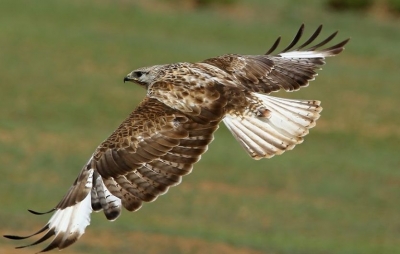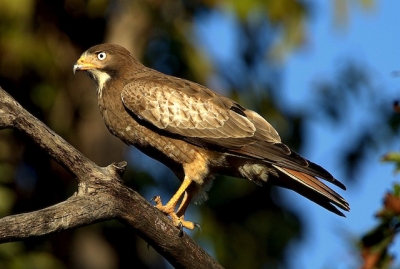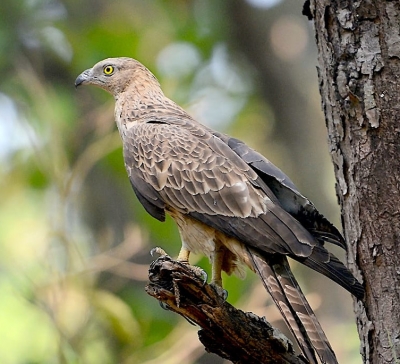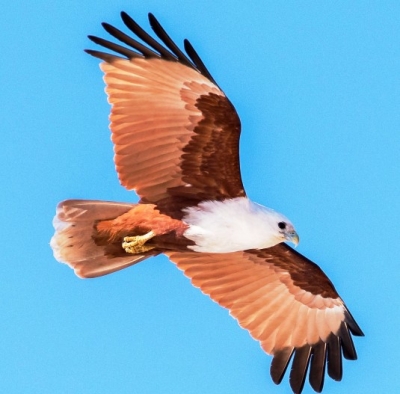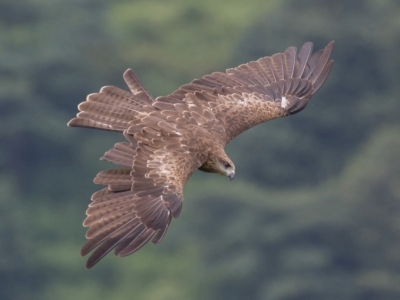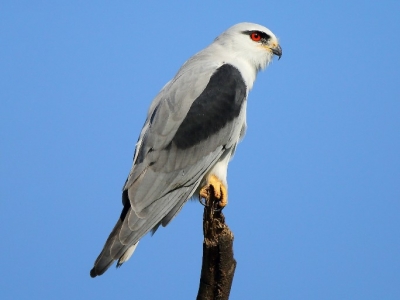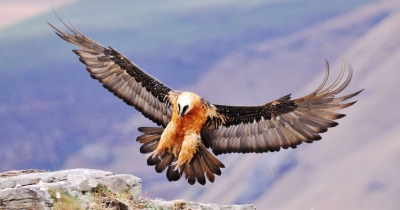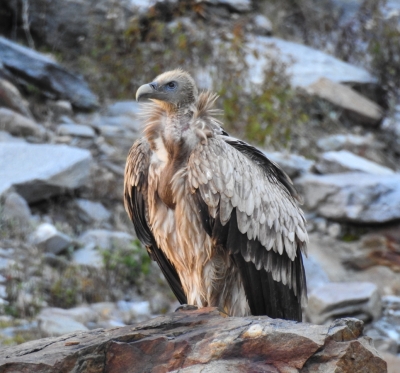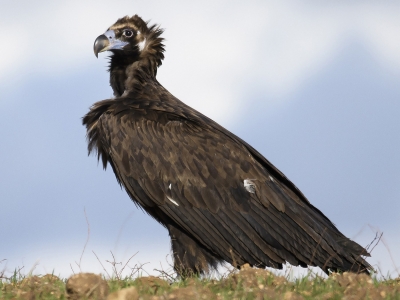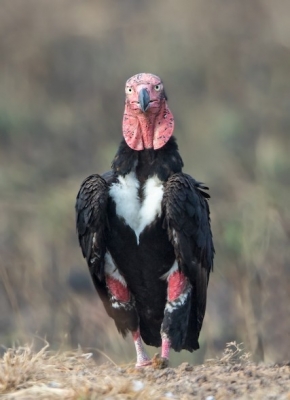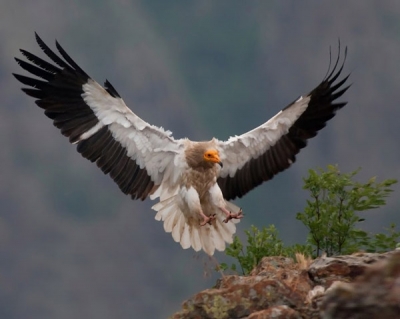Where can we find a collared falconet?
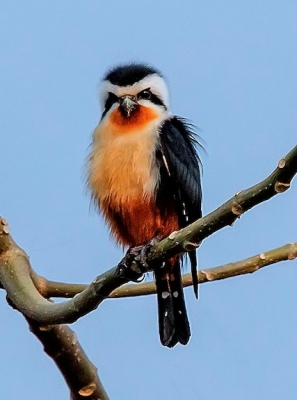
The collared falconet, or Microhierax caerulescens, is a small-sized bird of prey in the Falconidae family. It is found in India, Bangladesh, Bhutan, Cambodia, Nepal, Thailand, Malaysia and Vietnam. ‘Microhierax’ means ‘tiny hawk’ in Greek. This bird is a very small falcon with short wings, a medium-length tail and half-feathered legs. Males have a black crown and white forehead with a black streak drawn out from the eye like the tail of a comet. This gives the bird a broad white collar at the neck. Its tail is black with four white bands and it is a deep chestnut colour below the neck. Females look like the male except that they have more white in their wings.
This species is very shy and does not rest long in one place, but keeps moving from branch to branch. Its call is a melodious ‘kli-kli-kli’.
This bird is non-migratory, usually living all year through in the same region. It likes open deciduous forests, clearings and the edges of evergreen forests, preferably near a water source. It feeds on butterflies, dragonflies, lantern flies, grasshoppers, beetles, cicadas and occasionally small birds and lizards. It watches for prey from prominent lookout perches and darts out when it sees an insect or lizard, capturing them mid-air, on a tree, or on the ground.
The collared falconet reuses old woodpecker or barbet nests by lining them with leaves. The female lays around 4 to 5 white eggs with reddish spots and incubation duties are carried out by both parents.
These birds have a large range and population numbers are considered stable. They are categorized as least vulnerable and come under ‘Least Concern’ in the IUCN Red List.
Picture Credit : Google
